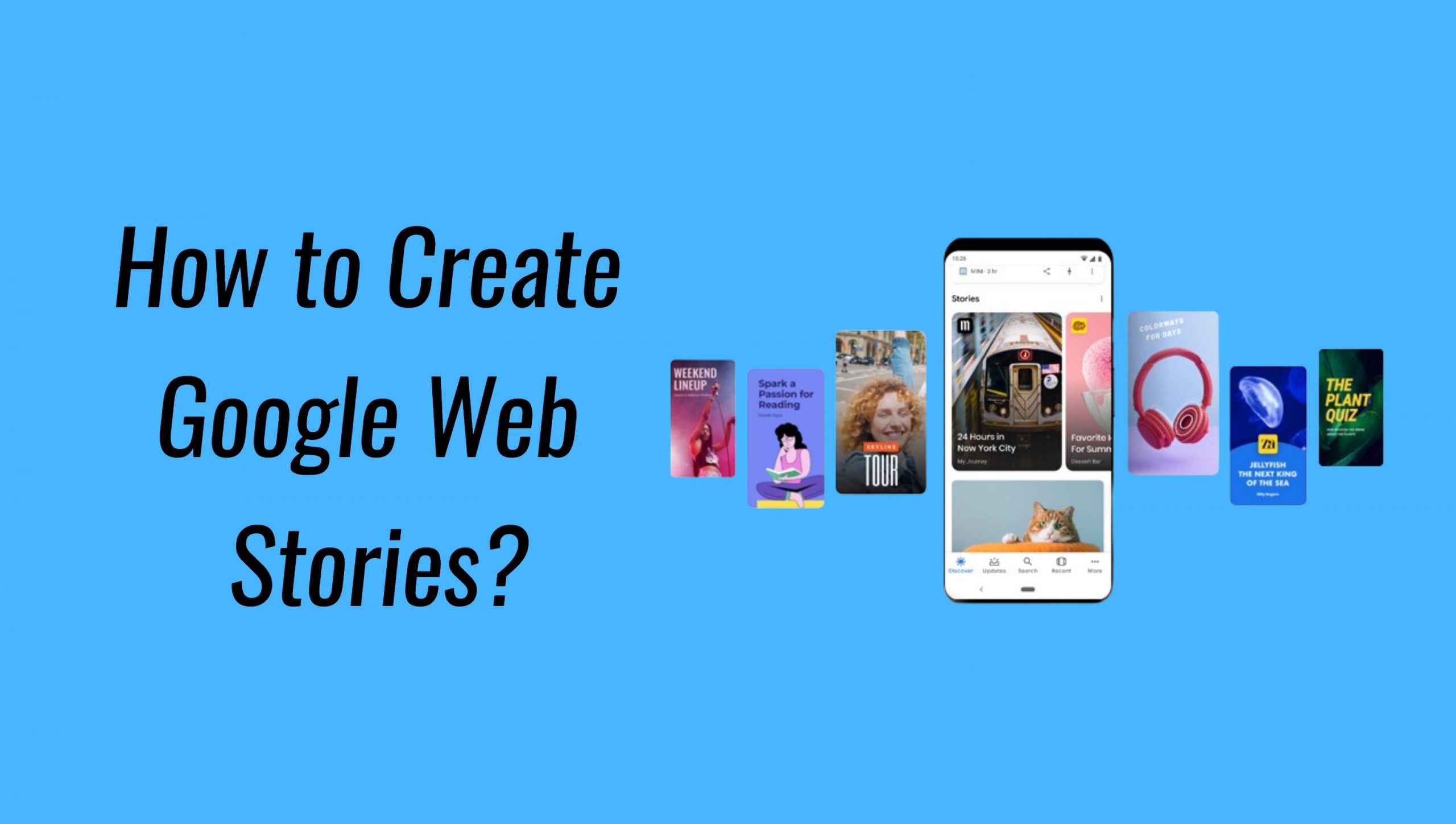How to Create Google Web Stories for Any Website?

Learn How to Make Google Web Stories in Just a Few Steps
Google Web Stories are short, bite-sized, and visually pleasing stories that have a maximum time limit of 60 seconds and offer a mobile-first approach to content delivery, combining different elements like videos, audio, images, animation, and texts to craft immersive experiences for your audience.
Whether you’re running a blog page, an e-commerce site, a news platform, or any website, adding these on your platform can definitely improve your user engagement and site visibility by a lot.
So, in this blog, you will get to know how you can create your very first Google web story.
Understanding Google Web Stories:
Before starting to create stories, you must first understand what they are and what they do. A Google Web Story is a full-screen narrative, offering users an effective way to consume content.
These stories are crafted for the web and can be accessed by everyone. And what makes them different is that they are also indexable by search engines, making them a powerful tool for SEO and content marketing and have a user-centric design that allows for interactive and personalized storytelling to grab users’ attention.
Creating Your First Google Web Story
Crafting a Google Web Story is simpler than you think, thanks to the number of user-friendly tools available today. Here’s a brief guide to get you started:
1. Choose the Right Tools
– Google Web Stories Editor: If you’re using WordPress, the Web Stories plugin provides an easy way to create stories directly within your website’s backend.
– Adobe Spark and Canva: These platforms offer versatile options for creating visually striking stories, allowing you more customization.
2. Design and Content Creation Tips
– Prioritise Readability and Engagement: Keep your story concise and visually appealing. Use short, impactful text overlays and high-quality visuals to maintain engagement throughout.
– Incorporate Multimedia Elements: Enhance your narrative with images, videos, and animations but make sure they complement your story without overwhelming it.
– Optimise for SEO: Integrate relevant keywords naturally into your text to improve visibility in search engine results.
3. Start Creating
– Access the Tool: Depending on your chosen platform, access the Web Stories editor.
– Begin Storyboarding: Outline the flow of your story, deciding on the sequence of scenes and the content for each.
– Add Content: Incorporate multimedia elements, text, and other assets to bring your story to life.
4. Finalise and Publish
– Review and Polish: Check for any errors or inconsistencies in your story. Make final tweaks to enhance its impact.
– Publish Your Story: Once satisfied, publish your Web Story on your website or chosen platform.
– Share and Promote: Share your story across all your social media channels and encourage engagement from your audience.
And that’s it. This is all you need to know to create your very first basic google web story for any kind of website. With time, experimentation and practice, you will gain more knowledge and become the master in creating these stories. So, start creating today and watch your website reach to new heights.
